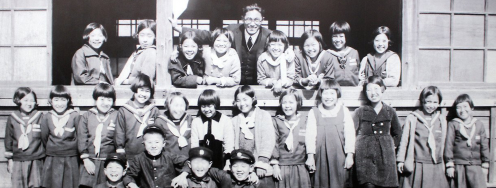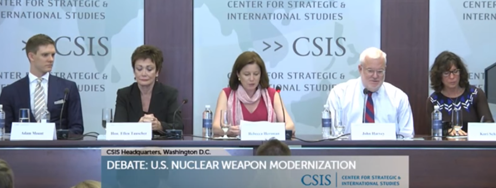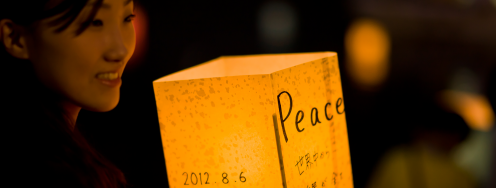Making a Memorial for Hiroshima
Sadako Sasaki was two years old on August 6, 1945 when a nuclear bomb was dropped on her hometown of Hiroshima. It was the world’s first experience with nuclear war. Sadako was among the fortunate who survived the initial blast. But only 10 years later, when she was 12, Sadako developed leukemia, along with many other blast survivors exposed to the radiation.
Remembering an ancient Japanese fairy tale, Sadako dreamed that if she could fold a thousand origami paper cranes she would be granted a wish: life. Through a year of treatment, Sadako did everything she could to find paper – not easy in post-war Japan – and fold as many cranes as possible.
Sadako died in the hospital on October 25, 1955, having folded 644 cranes. But her wish lives on. In 1958, the city of Hiroshima built a statue of Sadako holding a golden crane. At the foot of the statue is a plaque that reads:
This is our cry. This is our prayer. Peace in the world.
The cranes have become a symbol of a wish for peace through a world free of nuclear weapons. This week, as the world remembers the horror of that day in Hiroshima and the more than 100,000 people who died from the atomic bomb, Ploughshares Fund is launching an effort to fold 1,000 paper cranes.
Will you help us?
Here’s how:
- Download instructions to fold your own paper crane or watch our instructional video (above)
- Then: share your crane on our special Facebook app.
With your crane, you’ll be joining us and millions around the world who are remembering Hiroshima and Nagasaki this week – and issuing a collective call for peace.
It has never been more needed.



